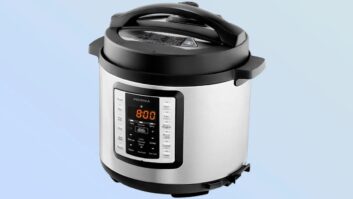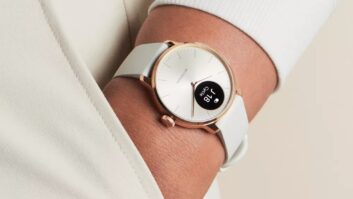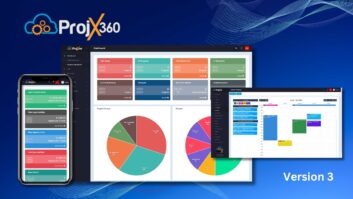Minneapolis — By combining the benefits of new store openings, comp-store sales, employee productivity and lower costs, Best Buy pushed up fiscal first quarter net earnings to $114 million, compared with a year-earlier net loss of $25 million.
In the year-ago three months, the retailer recorded $94 million in losses from discontinued operations, which, when eliminated, brought earnings from continuing operations to $69 million, a 63 percent rise from the $114 million in earnings from continuing operations registered in the first three months of this year.
“We achieved significant expense leverage related to new store openings and the comparable store sales gain,” said Brad Anderson, vice chairman/CEO. “Clearly, employees raised their productivity, and I thank them for their hard work. Diligent expense control also drove our earnings growth.”
As reported earlier in June, Best Buy domestic revenue — including its U.S.-based locations and Magnolia Audio Video — hit $4.98 billion in the first three months, ended May 29, a 16 percent gain year-on-year, while domestic comp-store sales climbed 8.4 percent (TWICE, June 7, p. 4).
Best Buy gross profit remained steady in the first quarter, coming in at 25.4 percent, equal to the previous year’s first three months. The retailer said it improved its product assortment and offered more effective promotions, while its customer loyalty program — Reward Zone — constrained first quarter gross profit by about 0.8 percent, while contributing to overall revenue growth. The impact of Reward Zone on the gross profit rate was larger than in previous reporting periods, due to the higher number of members and the rate at which they redeemed awards earned.
Best Buy, however, did improve its expense side of the ledger, with this coming in at 22 percent of revenue in the first three months, down from 22.9 percent in the year-ago period. The retailer said it benefited from expense leverage associated with higher revenue and on-going cost-saving initiatives.
The expense rate in the first quarter of last year reflected a technology write-off, as well as expenses related to the move to new headquarters, while investment in its consumer centricity initiative increased this year’s first quarter expense rate by about 0.4 percent of revenue.
Best Buy reported its 33 Consumer Centricity test locations collectively continued to outperform other stores in relation to comp-store sales gain and gross profit rate. The comp-store rise hit 14 percent, while the gross profit rate was about 0.2 percent of revenue better than other U.S. Best Buy units.
Also, Consumer Centricity stores reported an expense rate that was 2.2 percent of revenue above other U.S. locations. “As in past transformations, our initial focus was on growing the top line and boosting gross profits,” said Anderson. “Now that we have shown we can do both of those things, we will turn our focus to the bottom line at these lab stores and determine the best way to scale it.”
Plans for rolling out Consumer Centricity stores will be extended in the fiscal third quarter to about 70 California stores. These new pilot locations are scheduled for an October completion.
During the fiscal year period, the company anticipates opening 73 new stores, converting additional stores to Consumer Centricity and improving operating income rate by about 0.3 percent of revenue, driven primarily by a lower expense rate.
“So far, in June, our comp-store sales gain is consistent with our guidance for the second quarter,” said Darren Jackson, executive VP/chief financial officer. “Our revenue guidance reflects the tougher comparisons we face through the rest of our fiscal year. “We believe that improved assortments can continue to offset the cost of Reward Zone, which rewards our best customers with discounts on future purchases.”












